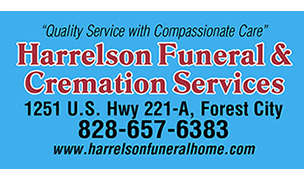Rutherford Regional Health System has announced that Dr. Stephen Bogan of Shelby Eye Centers has begun performing cataract surgery at its medical center starting in February. Bogan is taking referrals from local optometrists treating area cataract patients who prefer to have the outpatient procedure close to home. The cataract procedure is done in the operating room using the most advanced equipment and intraocular lens implants available.
Bogan is board certified by the American Board of Ophthalmology and is a Fellow of the American College of Surgeons. He is a graduate of the University of Michigan in Ann Arbor and the Wayne State University School of Medicine in Detroit, Mich. He completed his internship and residency in Ophthalmology at the Albany Medical Center in Albany, N.Y. Dr. Bogan then went on to complete a two-year fellowship in Corneal and External Disease at the Emory University School of Medicine in Atlanta, Ga.
“For an early cataract, vision may improve by using different eyeglasses, magnifying lenses or stronger lighting,” said Dr. Bogan. “If these don’t help, surgery is the only effective treatment. The encouraging news is that the procedures we perform require only a small incision and no stitch. Shortly after the procedure is completed the patients are allowed to return home.”
A cataract refers to opacity or clouding of the normally clear lens or its capsule. The lens has to be clear for good vision. Vision through a “cloudy” lens produces blurry vision similar to looking through a frosted glass. Cataracts usually develop as part of the aging process, but can also come from eye injuries/trauma, certain medications and diseases, or genetic inheritance.
Cataract removal is one of the most common operations performed in the U.S. today. It is also one of the safest and most effective. According to the National Eye Institute people who have cataract surgery have better vision afterward in about 90 percent of cases. The most common method for improving vision after cataract surgery is to replace the cataract with a permanent implant called an intraocular lens, or IOL.










